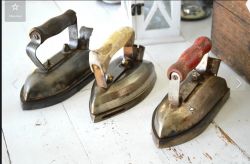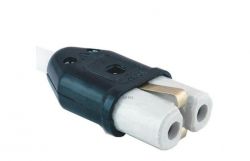Jamesbond664478 wrote: Haha, that`s not the only thing that gets grounded. EVERY NETWORK IS GROUNDED - right next to the transformer
Distinguish between a network and an installation. In this thread, we are not interested in networks. Moreover, the PEN may break, so this is not a fairy tale from this thread because it is the responsibility of the energy supplier and not the contractor installing the building.
So it is advisable that you first read sheet 5-54 and then write posts about electrical installations in the facility.
Jamesbond664478 wrote: In new installations, no, if it is a TN S network. Otherwise - in TN C installations, yes. This is about grounding the PEN division (because if I`m not mistaken, we take the N and PE wires from the PEN division)
You`re talking nonsense. Because even if the PEN division was made in a cable connector distant from the building, the PE bus in the building should still be earthed. But this rail is at the beginning of the installation.
Therefore, the common opinion about grounding the PEN division is a myth. Describe how to ground such a place when it is located on the tenth floor and the power supply contains three phases and PEN?
Jamesbond664478 wrote: You should not make local equipotential bonding without having main connections
You keep repeating and you don`t know why.







